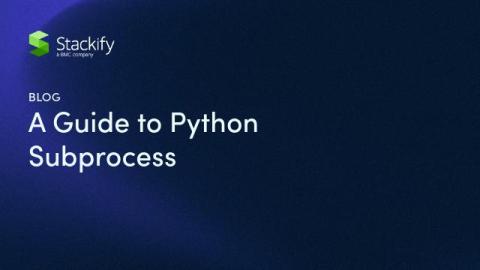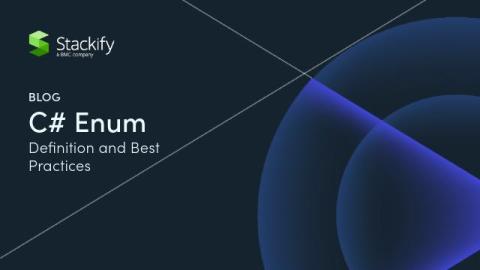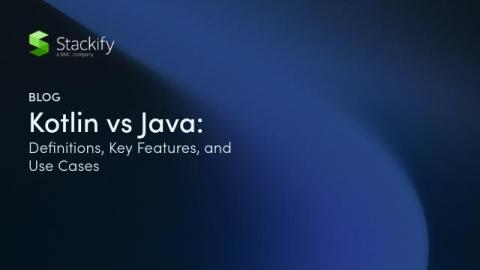Python argparse: Definition, How to Use, and Best Practices
Command-line interfaces (CLIs) have been an essential part of computing for decades. However, creating a CLI from scratch can be tedious. Developers need to handle inputs, validate arguments, and provide user-friendly error messages, which can quickly become complex. This is where the Python argparse module comes in.











